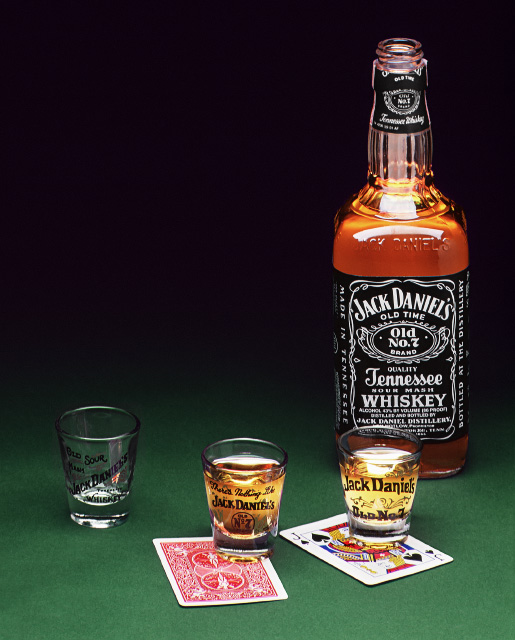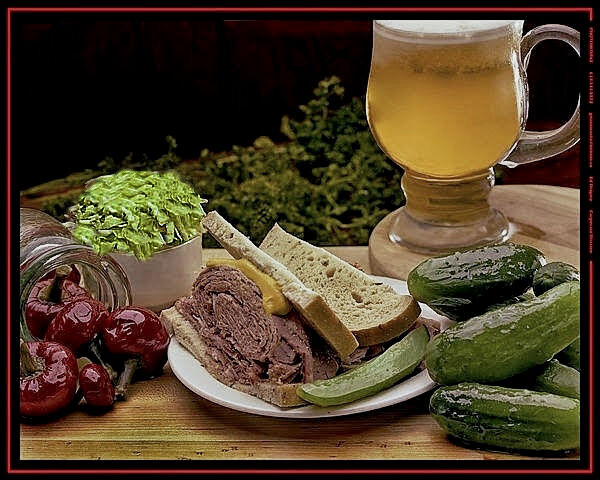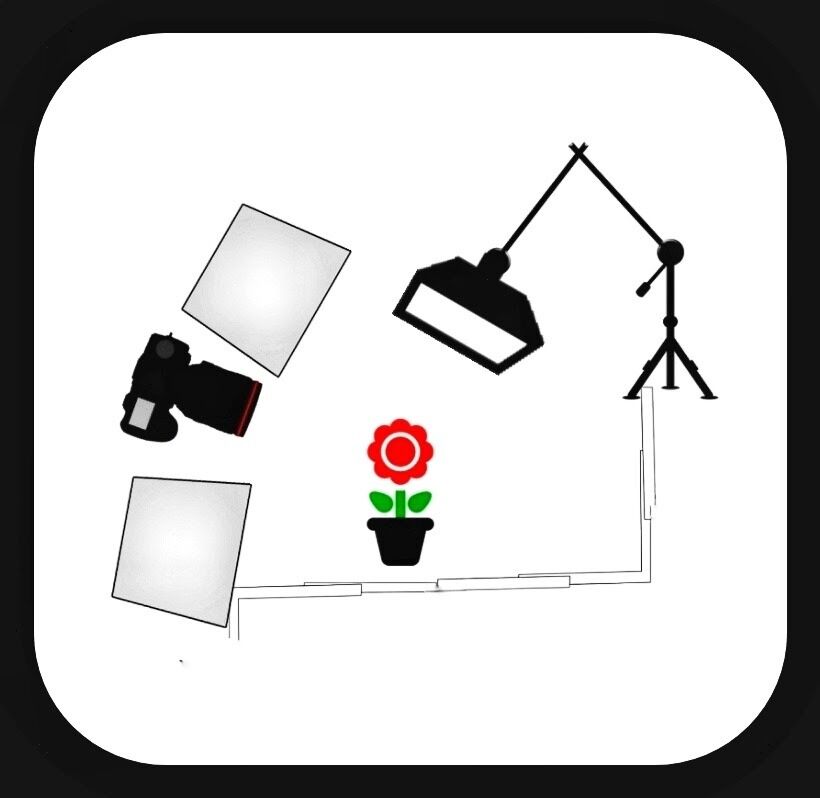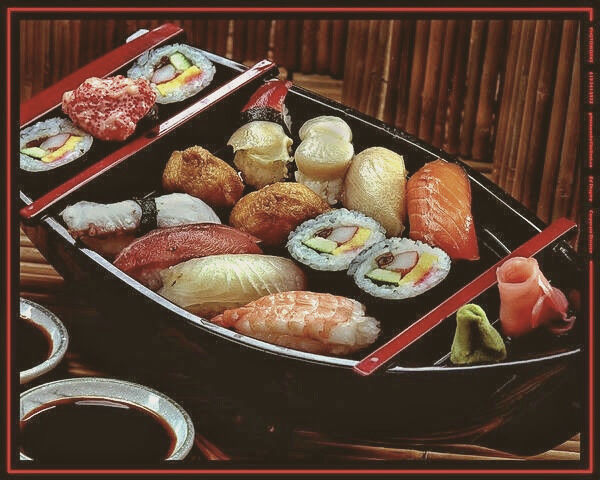Tilt shift lens question
Aug 4, 2023 00:24:37 #
I've had a try to use one briefly once so i got some ideas of its capability and use but have no access to one at present.
What bugs me is if a shiny object, like a mirrored bottle (bottega as an example) could be photographed better with a tilt shift so that the dark lens reflection would be way off to one side.
Anybody who has one, what is your experience with shooting a reflective object with a tilt shift?
What bugs me is if a shiny object, like a mirrored bottle (bottega as an example) could be photographed better with a tilt shift so that the dark lens reflection would be way off to one side.
Anybody who has one, what is your experience with shooting a reflective object with a tilt shift?
Aug 4, 2023 07:09:46 #
P-J
Loc: UK
Only used mine (24mm Nikon) for interiors & architecture.
I get rid of reflections using a CPL, Circular Polarising filter
I get rid of reflections using a CPL, Circular Polarising filter
Aug 4, 2023 07:26:30 #
Ysarex
Loc: St. Louis
Wallen wrote:
I've had a try to use one briefly once so i got some ideas of its capability and use but have no access to one at present.
What bugs me is if a shiny object, like a mirrored bottle (bottega as an example) could be photographed better with a tilt shift so that the dark lens reflection would be way off to one side.
Anybody who has one, what is your experience with shooting a reflective object with a tilt shift?
What bugs me is if a shiny object, like a mirrored bottle (bottega as an example) could be photographed better with a tilt shift so that the dark lens reflection would be way off to one side.
Anybody who has one, what is your experience with shooting a reflective object with a tilt shift?
Absolutely. Keep the reflection of the camera out of shiny objects as well as be able to see from above, below or the side and avoid the keystone distortion that would otherwise create. Old photo below -- shift was used for just those reasons.

Aug 4, 2023 10:51:05 #
P-J wrote:
Only used mine (24mm Nikon) for interiors & architecture.
I get rid of reflections using a CPL, Circular Polarising filter
I get rid of reflections using a CPL, Circular Polarising filter
Thanks. Looks like a good workflow solution.
Aug 4, 2023 10:51:59 #
Ysarex wrote:
Absolutely. Keep the reflection of the camera out of shiny objects as well as be able to see from above, below or the side and avoid the keystone distortion that would otherwise create. Old photo below -- shift was used for just those reasons.
Thanks.
Just wanted to confirm this as I want to request one for our work.
Aug 4, 2023 11:48:28 #
P-J wrote:
Only used mine (24mm Nikon) for interiors & architecture.
I get rid of reflections using a CPL, Circular Polarising filter
I get rid of reflections using a CPL, Circular Polarising filter
Polarizer is useless against mirroring.
Shift will handle it. Tilt is irrelevant.
Aug 4, 2023 12:22:45 #
A tilt and shift lens has very little to do with reflection control. It is best suited to perspective management, the negation of certain distortions, and employing the Shchleimpglug principle to increase the depth of field without having to stop down into diffraction land.
In a studio-like controlled situation, you have total control over lighting and can employ strategies to negate unwanted reflections but not eliminate certain diffuse and spectral highlights that provide dimension, texture, and "sparkle" to your subject.
A CPL filter may eliminate certain unwanted reflections and increase color saturation but may remove the desirable highlights. A CPL filter will not work, as to reflection negation, on highly polished metallic or mirror-like reflections.
Lighting strategies are the best way to manage reflections on the kind of subject you posted.
A large diffused light source over and somewhat behind the bottle or off to the side will place a nice highlight on the edges of the bottle and transilluminate the liquid in the bottle and the glasses. A reflector will provide ample fill.
In a studio-like controlled situation, you have total control over lighting and can employ strategies to negate unwanted reflections but not eliminate certain diffuse and spectral highlights that provide dimension, texture, and "sparkle" to your subject.
A CPL filter may eliminate certain unwanted reflections and increase color saturation but may remove the desirable highlights. A CPL filter will not work, as to reflection negation, on highly polished metallic or mirror-like reflections.
Lighting strategies are the best way to manage reflections on the kind of subject you posted.
A large diffused light source over and somewhat behind the bottle or off to the side will place a nice highlight on the edges of the bottle and transilluminate the liquid in the bottle and the glasses. A reflector will provide ample fill.


Aug 4, 2023 14:28:08 #
amfoto1
Loc: San Jose, Calif. USA
The cellophane on these products was a bit tricky to light. The client didn't want to remove it. I used a Canon 45mm TS-E lens to "dodge" some problem reflections.


Aug 4, 2023 16:02:00 #
amfoto1 wrote:
The cellophane on these products was a bit tricky to light. The client didn't want to remove it. I used a Canon 45mm TS-E lens to "dodge" some problem reflections.


Yes sir! Polyethylene bags, "Saran Wrap" etc. are a nightmare. The are multiple reflc because the material is mick up light from multiple angles of innidrnse.
Clits can be difficult. If it's a food shot, that plastic does make it look appetizing.
I had a similar job a few years ago where the cleints to show the fact that the food item camin a plastic wrap. I did a double exposure. One shot wit no wrap and the second shot with wrap carefully placed.It too the food styles all day to get it right. The food looked great t and the wrap looked delicious and free of bad reflections. The clit loved the shot but didn't love the invoice. If I can locate the transparency, I'll scan it and post it.
Asian food looks better without plastic!

Aug 4, 2023 16:51:43 #
Excellent shot of the beautifully prepared sushi (I'm ready!) 🔟🔟🥇🔟🔟
Aug 4, 2023 18:07:05 #
I think it you have your answer, I would only add that removing reflections with Rise fall or shift is a question of degree, and works best with flat reflective objects. The classic example is an Architectural shot of a room with a mirror over a central fireplace, you can often shift enough to get your camera out of the mirror. A square bottle is another example. Getting above and using fall can sometimes help with curved glasses.
But when objects are curved things get more difficult. You will want a good circular polarizer, or even polarized light for some situations.
I love T/s lenses and have owned 3 for years. I even have a gizmo that allows mounting a camera on a view camera (using view camera lenses) so I'm a fan, but they can not cure all reflections.
Good Luck
But when objects are curved things get more difficult. You will want a good circular polarizer, or even polarized light for some situations.
I love T/s lenses and have owned 3 for years. I even have a gizmo that allows mounting a camera on a view camera (using view camera lenses) so I'm a fan, but they can not cure all reflections.
Good Luck
Aug 4, 2023 18:13:33 #
E.L.. Shapiro wrote:
A tilt and shift lens has very little to do with r... (show quote)
It sure makes that fantastic meal look even more fantastic 🎯🎯🎯🎯🎯 As the photographer, do you eat it when done, or toss it



Aug 4, 2023 18:31:18 #
E.L.. Shapiro wrote:
A tilt and shift lens has very little to do with r... (show quote)
All that lengthy pedanticism still hasnt eliminated the reflection of the lens in the mirrored surface. You ought to know that its all about the viewing angle, and that a shift lens addresses that. The important question is whether the lens will shift far enough. The job could require a lens from a larger format on a *serious* shifting adapter. An OEM type shift lens should only be acquired with an absolute 100% return privelege.
Aug 4, 2023 18:42:55 #
MJPerini wrote:
I think it you have your answer, I would only add ... (show quote)
Mostly agree but polarizers will do zilch, even with polarized lighting. A mirror is a mirror. As to a curved mirrored surface, usually any reflection will be distorted and not recognizable, so not distracting. Just a minor bit of PP detail reshaping can aid in that regard.
Aug 4, 2023 19:56:32 #
User ID wrote:
All that lengthy pedanticism still hasn't eliminated the reflection of the lens in the mirrored surface. You ought to know that it's all about the viewing angle, and that a shift lens addresses that. The important question is whether the lens will shift far enough. The job could require a lens from a larger format on a *serious* shifting adapter. An OEM-type shift lens should only be acquired with an absolute 100% return privilege.
Yeah but...the OP is trying to photograph a booze bottle not a mirror above a fireplace in an architectural interior. I don't think the OP wants to invest in a custom adaptation.
Ia tilt/shift lens is a heavy item and can be very useful. I don't think it would solve the OP's problem with a glass bottle.
Being pedantic means being annoyingly focused on minor details or rules, especially in learning or scholarship1234. It is an insulting word that implies a lack of judgment or proportion in one's knowledge or opinions124. A pedantic person is someone who corrects small errors or insists on exact adherence to an arbitrary set of rules.
That's what it says in the dictionary! Have a nice day!
If you want to reply, then register here. Registration is free and your account is created instantly, so you can post right away.


